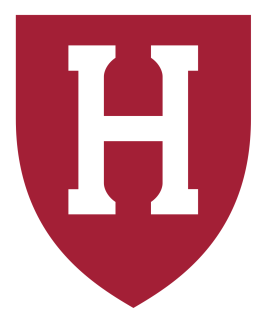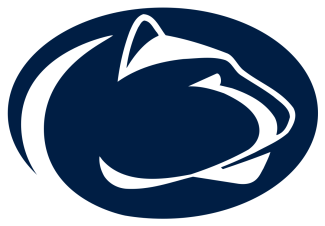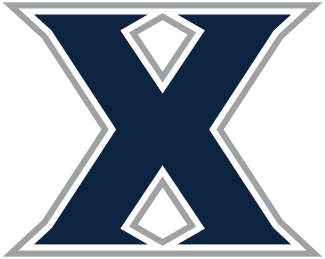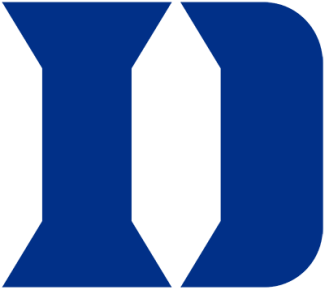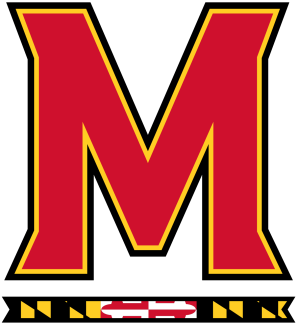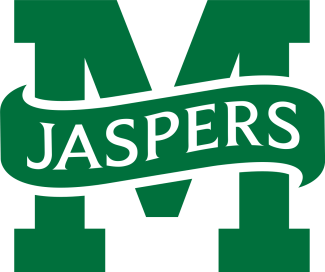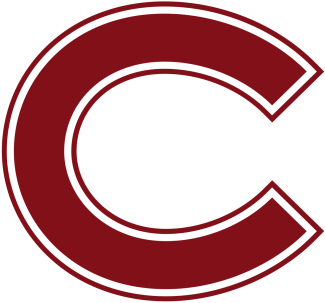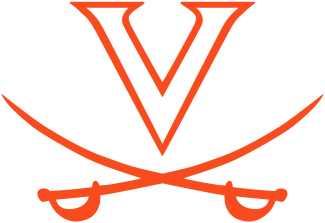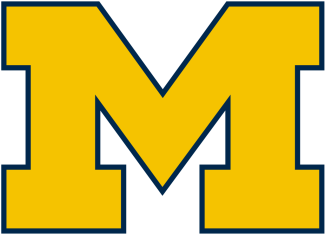By now the fawning over Maryland has become as predictable as its presumed place on Memorial Day. Opposing coaches venerate the breathtaking ball movement and unselfishness of an offense that outclasses everyone in efficiency (41.2 percent, according to Lacrosse Reference) and assist rate (63.2 percent). They gush about the depth and discipline of Maryland’s defense and its immovable cadre of short sticks. They marvel at just how few mistakes the Terps make on either end of the field, with a turnover rate of just 27.3 percent.
And then there’s Luke Wierman, whose last-second attempt Alex Rode turned aside in last year’s NCAA championship game. Faceoffs were supposed to be Maryland’s vulnerability. Motivated by the memory of how 2021 ended, however, Wierman has gone from being a middle-of-the-pack specialist (45.3 percent) to an All-American (66.5 percent), tilting the field in such a fashion that some have argued he’s more valuable to the Terps than Tewaaraton Award finalist and all-time leading scorer Logan Wisnauskas.
Color Torpey unsurprised.
“Look at what they did in ’17. They had to beat the four best faceoff guys in the country to get to the national championship game and win the thing,” Torpey said, recalling how Jon Garino caught fire to get the better of Albany’s TD Ierlan, Denver’s Trevor Baptiste and Ohio State’s Jake Withers — all three of whom now play professionally — when Maryland ended a 42-year title drought in 2017. “They’ve got some sort of magic there.”
Maryland has only added to its mystique with exotic substitution schemes yielding yet more scoring opportunities.
“Your defense just can’t withstand that type of pounding from them,” one Big Ten coach said this week. “Even if you can hang around for three quarters, it’s a matter of time for that dam to break.”
There is, of course, no shortage of individual talent. Twelve Terps earned Inside Lacrosse All-American honors. Six were picked in the Premier Lacrosse League draft. Marr mused that Maryland might have the nation’s top player at every position — not just in Wierman and Wisnauskas, but also in Big Ten Defensive Player of the Year Brett Makar and Cornell transfer Jonathan Donville, whom the Big Ten coach called “the best off-ball midfielder in the country.”
Princeton sure has its hands full. Then again, the Tigers were the only team to foil Georgetown before the Hoyas tripped up against Delaware in the first round. Maryland defeated Princeton 15-10 on Feb. 26. They’ll meet in the second NCAA semifinal Saturday (2:30 p.m. ET, ESPN2) at Rentschler Field in East Hartford, Connecticut.
Asked how he might scheme Maryland, Torpey suggested guerilla tactics like striking early on offense, pressing out on ball handlers to disrupt the Terps’ rhythm and stealing back a few possessions in the ride or on the end line. He said this with a tone of resignation.
Thirteen different teams have tried to figure out Maryland and failed. Johns Hopkins, Rutgers and Virginia came up empty twice.
“It was almost like we were running around a thousand miles an hour and they were going 10,” Marr said. “It was just slow motion for them.”
A speed that would suit the Terps just fine for a victory lap around Rentschler Field on Memorial Day — one that would end with a place in the pantheon of college lacrosse’s all-time greatest teams.








